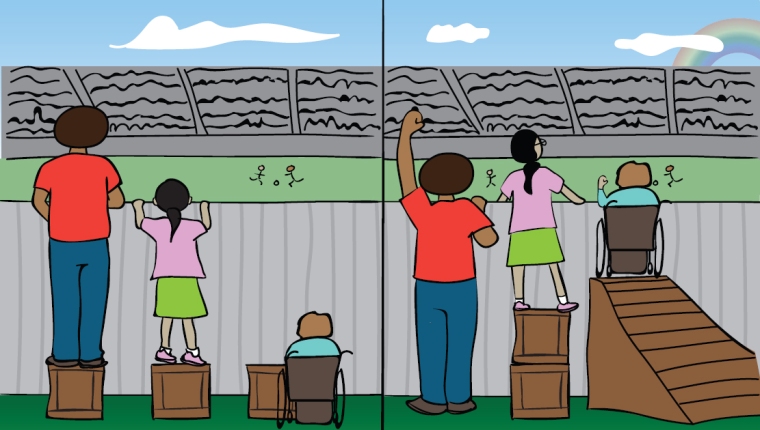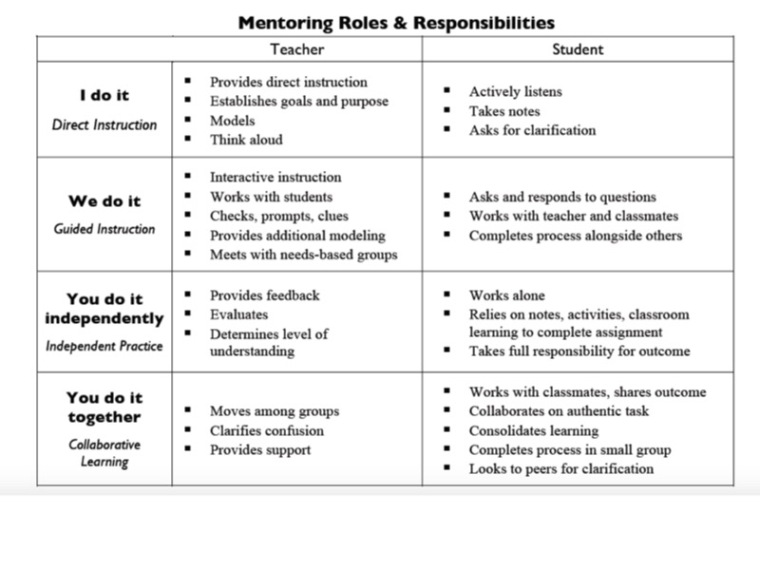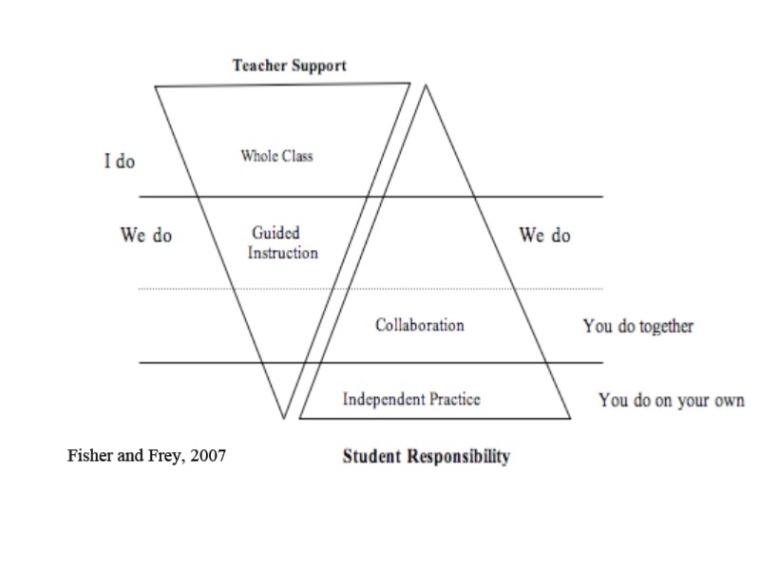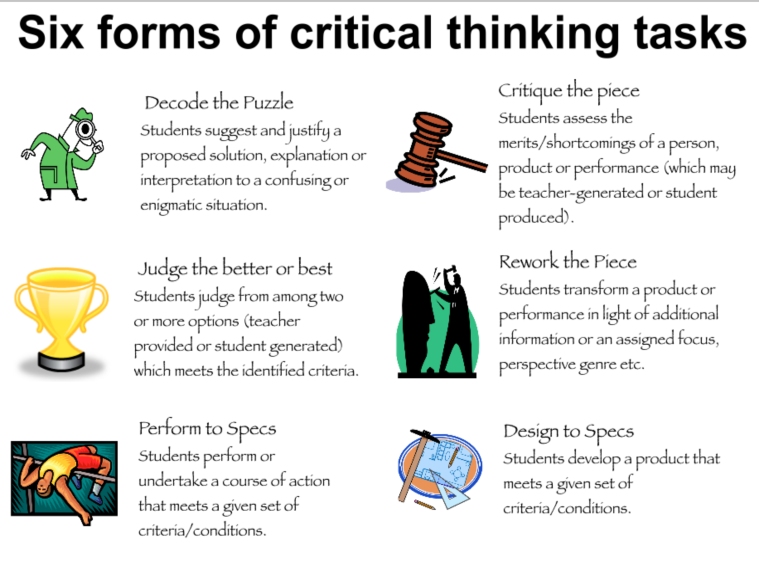Well, it has been WAY too long since I have chiseled out time to do some serious reflective thinking. As I mentioned in a prior blog post, my school division collectively developed a continuous improvement plan in the spring of 2017. We are now waist deep in looking at our first priority – Responding to Diversity. One of our key actions is to utilize the Response to Intervention (RTI) framework. I first heard about this process about six years ago. It was one of those “buzz” words that were being circulated in education circles. At that time, I walked away with a superficial understanding of what RTI was. My first experience emphasized knowing versus understanding. I am now on a collective journey to get a deeper understanding and application of RTI processes in my building and within my division. I never “assume” that any reader knows what RTI is so I will give you a Coles notes summary of what I have internalized to date.
What is RTI ?
- RTI is a systematic way of connecting instructional components that are already in place. It integrates assessment data and resources efficiently and effectively to provide more support options for every type of learner.
The RTI framework focuses on 4 C’s: collective responsibility, concentrated instruction, convergent assessment, and finally certain access. Below are some brief points about each C.
- Collective responsibility
-
-
-
Thinking is guided by the question…Why are we here?
-
Commit to collective responsibility for ALL students’ learning
-
Foster a collaborative culture
-
Open your doors to colleagues, share best practice and ideas, and be willing to learn
-
Create weekly team time during which teachers focus on student learning
2. Concentrated instruction
- A systematic process of identifying essential knowledge and skills that all students must master to learn at high levels and determining the specific learning needs for each child needed to get there. Thinking is guided by the question…Where do we need to go?
3. Convergent Assessment
- An ongoing process of collectively analyzing targeted evidence to determine the specific learning needs of each child and the effectiveness of the instruction the child receives in meeting these needs. Thinking is guided by the question…Where are we now?
-
-
-
Efficiently screen to identify students at risk
-
Create assessments to measure student mastery of essential skills
-
Enthusiastically monitor student progress
-
Assess for social behaviors
-
Assess for academic behaviors
-
Schedule regular meetings during which teacher teams (weekly) and teacher teams with administrators (monthly) analyze data
4. Certain Access
- A systematic process that guarantees every student will receive the time and support needed to learn at high levels. Thinking is guided by the question… How do we get every child there?
- When-scheduling and programming
- Who–interventionists
- What–identify high quality, expertly-implemented interventions for the at-risk learners at your school
- Social behaviors
- Academic behaviors
- Eagerly communicate needs and progress to all stakeholders
- Do whatever it takes to ensure every student learns-with intensity, a sense of urgency, and the expectation that learning WILL
So, there is a VERY quick glance of some of the cornerstones that RTI is built on.
As previously mentioned, collective responsibility is a shared staff belief that our primary responsibility, each one of us, is to ensure high levels of learning for all students. When I first heard this statement, I filtered it through my teacher lens but now since my role has changed, I need to revisit this statement and look at it through the lens of a coach. Being who I am, the first question that pops into my mind is, what is the criteria that first defines “all”? This might seem like a silly thing to focus on, but I think that it is important that all team members have the same picture in their head when they hear this word. If a staff embraces, believes, and carries out the core beliefs of collective responsibility, it is very likely that the RTI process will to come to fruition.
Like many school divisions and districts, we are utilizing the resources published by Solution Tree, in particular, Simplifying Reponse to Intervention- Four Essential Guiding Principles (2011) by Mike Mattos, Austin Buffum, and Chris Webber. They define all as “any student who will be expected to live as a financially independent adult someday.” They go one to qualify that for ” these students, achieving anything less than high school plus will make it virtually impossible to thrive as adults. ” They define high level as “every child will graduate from high school with the skills and knowledge required to continue to learn and to compete in the global marketplace of the 21st century . ”
So, I would like to take a moment to zoom in and unpack the concept of “all” learners. What do we, as educators, need to wrap our heads around with regards to the foundational underpinnings of the term “all”? I think the picture below is step one in the journey.
- Do we truly understand, as a staff, the difference between equity versus equality? Do we understand the purpose that each serves?
- If equity is a key driver in our classrooms, do we truly understand what that means from a teaching and learning perspective?
- What factors do we have in our control that would enable greater equity within a classroom?
- As a staff, if we are focused on equity, then what do our classrooms look like sound like and feel like?
- What challenges does creating a classroom driven by equity hold for teachers?
- If our staff focus was equality, can high levels of learning for all students actually exist? Given the high levels of diversity that exist in classrooms all across my province, how would a focus on equality impact each student’s learning journey?

|
Purpose of Equity
|
Goal of Equality
|
- involves trying to understand and give people what they need to enjoy full, healthy lives
|
- aims to ensure that everyone gets the same things in order to enjoy full, healthy lives
|
|
- equality aims to promote fairness and justice, but it can only work if everyone starts from the same place and needs the same things.
|
|
Equity is the means; Equality is the outcome.
|
Let’s think for a moment about runners sprinting around an oval track during a competition.

The concept of equality would have us treat the runners in exactly the same way, ensuring that they all start at the same place on the track. On the surface, this seems fair.

But we know that runners in the inside lanes have a distinct advantage over runners in the outer lanes because the distance they have to travel is shorter. As a result, equality – starting at the same place – doesn’t result in fairness.
The concept of equity, in contrast, would lead us to stagger the starting positions of the runners in order to offset the disadvantages facing those in the outer lanes. In this case, different or tailored treatment is a surer path to fairness and justice than the same treatment.

From my coaching lens, I walk away with the following thoughts:
- First, a bar is being set that “all” students (Solution Tree definition) must attain proficiency on specific essential curriculum outcomes (concentrated instruction). This is non-negotiable. We are focusing upon equity to bring about equality.
- Second, In order to develop this proficiency for all students, educators within a division or district must collaboratively develop essential outcome curriculum maps for each specific grade level that spell out the non-negotiables. This mean educators are going an inch wide and a mile deep with skills and knowledge targets. Educators are no longer “covering” a dense curriculum. As an educator, I acknowledge that skill development is the core driver of classroom instruction and content is a vehicle which can enable skill growth to occur. Furthermore, strategic data-driven instruction is the method of getting there.
- Third, All students will acquire proficiency in essential or foundation learning target. There ARE NOT DIFFERENT degrees of proficiency for students in relation to these specific essential curriculum targets. All students will acquire “at level” proficiency; there isn’t any approaching or not meeting by students. There are clear criteria of what “at level or proficiency” looks like, sounds, like and feels like. Proficiency is clearly defined through the use of exemplars. As a system, we are GUARANTEEING that all students will attain proficiency in foundational outcome areas.
- Fourth, from an RTI perspective, the shift is from “me to we” in coaching kids to proficiency. We are working in a different way to address these challenges.
- we are collaborating to create common formative assessment around essential learning targets that will be used to guide our instructional designing
- we are meeting weekly in a professional learning community to share our common formative assessment data, that we have gathered during the week, and analyzing which students are not progressing. From this analysis, we are developing instruction action plans on new methods and approaches to close students’ gaps. This would involve asking teachers, who have had strong data results, “What were the specific instructional practices you used in their class to facilitate the success?” It would involve having other team members (resource, CIC, teacher librarian clinician, social worker, etc) working alongside the classroom teacher to support student’s specific learning needs. Gone are the days of creating special classes for specific learning needs.
- Fifth, instructional designing (ID) is highly strategic and is driven by student data. Scaffolding via the process “I do, we do, you do” is at the heart of the teaching process. ID is highly strategic and tailored. Please see examples below of scaffolding using “I do, We do, You do.”


Sixth, a specific time is chiseled out in the weekly school cycle to provide extra intervention time so students who need more help get it.
My RTI learning journey has made me reflect on the culture that has evolved in relation to the present structures that drive our system of education. The following statements are just my perceptions based on of what I have observed around me and have experienced personally. As an educator, I have embraced the understanding that students learn at different rates and ways. I don’t think that I am atypical in this belief. I have seen phenomena emerge from this understanding that involves celebrating any type of growth a student makes. I have never viewed these acts of celebration in a negative light, and I still see getting a student to recognize how much they have grown as an important facet of my job; but I am now asking myself a different question around celebrating student growth. Keeping in mind the goal of RTI- all student learning at high levels – a following question has come to light for me.
- Is my present understanding of celebrating student growth only perpetuating inequity in my classroom?
My profesional development around RTI has heighted my awareness that our system of education has fostered a culture that tends to overemphasize the small growth strides a student makes in a year or semester. I want to be clear, because things can get lost in translation, we need to build a learner’s confidence and self-esteem by commending his or her small steps, but I internalize the RTI process as saying – celebration can only occur when “all” students walk out of the semester with grade-level proficiency in key targetted foundational outcomes. I hear the RTI process also saying ” Don’t over emphasize the importance of small individual growth steps if proficiency of foundational targets are not being achieved by every student within the semester.” This requires the system to do business in a very different way. It embedds collective responsibility where teachers help teachers in utilizing different instructional practices to close student skill gaps that their data has identified. Instructional practices utilized in classrooms are responding to classroom data gleaned from common formative assessments that have been designed collaboratively by teacher teams. When the interaction of all these elements causes high levels of learning for all students, we know that RTI is at work.
The heavy lifting of the RTI process squarely falls on the stakeholders who work directly with students – teachers, resource teacher, counselors, social workers, CIC’s, and educational assistants. So in my next blog post, I want to unpack the following questions:
- What are key attitudes, skills, and knowledge teachers need to possess in order to bring about RTI to fruition?
- What are some barriers that could prevent RTI from reaching fruition, beyond implementing a different school day structure?
- How does one navigate resistance to the RTI processes?
Thanks for taking time to read my blog. I would appreciate any feedback that you have time to provide. Have a great week!
Best wishes,
Ingrid
REFERENCES
Searle, M. (2010, June). Chapter 1. What Is RTI and Why Should We Care? Retrieved












